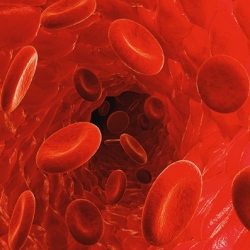
Researchers at the University of Arizona have discovered what causes and regulates collective cell migration, one of the most universal but least understood biological processes in all living organisms. The findings shed light on the mechanisms of cell migration, particularly in the wound-healing process.
The results represent a major advancement for regenerative medicine, in which biomedical engineers and other researchers manipulate cells’ form and function to create new tissues, and even organs, to repair, restore or replace those damaged by injury or disease.
"The results significantly increase our understanding of how tissue regeneration is regulated and advance our ability to guide these processes," said Pak Kin Wong, UA associate professor of mechanical and aerospace engineering and lead investigator of the research.
"In recent years, researchers have gained a better understanding of the molecular machinery of cell migration, but not what directs it to happen in the first place," he said. "What, exactly, is orchestrating this system common to all living organisms?"
The answer, it turns out, involves delicate interactions between biomechanical stress, or force, which living cells exert on one another, and biochemical signaling. The UA researchers discovered that when mechanical force disappears, for example at a wound site where cells have been destroyed, leaving empty, cell-free space, a protein molecule, known as DII4, coordinates nearby cells to migrate to a wound site and collectively cover it with new tissue.
What’s more, they found, this process causes identical cells to specialize into leader and follower cells. Researchers had previously assumed leader cells formed randomly.
Wong’s team observed that when cells collectively migrate toward a wound, leader cells expressing a form of messenger RNA, or mRNA, genetic code specific to the DII4 protein emerge at the front of the pack, or migrating tip.
The leader cells, in turn, send signals to follower cells, which do not express the genetic messenger. This elaborate autoregulatory system remains activated until new tissue has covered a wound.
The same migration processes for wound healing and tissue development also apply to cancer spreading, the researchers noted. The combination of mechanical force and genetic signaling stimulates cancer cells to collectively migrate and invade healthy tissue.
